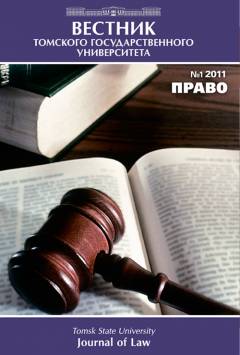Exclusive rights to the gene engineering's results: Russian and foreign experience
Well-balanced patent regulation is an important factor in the effective development of the biotechnology market. The possibility of establishing exclusive rights over the results of genetic research, including isolated genes and gene-based diagnostics, has been the subject of heated debate all over the world. Nevertheless, a unified approach to regulating these matters has not yet emerged. For example, in the US and India, patenting of isolated natural genes and diagnostic methods based on them is not permitted at all. Only synthetic genes and modified sequences are patentable. The EU and the UK generally allow such objects to be patented, but impose additional requirements. In China, diagnostic methods are generally not considered to be patentable, yet particular substances and instruments used for diagnosis may be recognised as protectable subjects. A cautious approach to the admissibility of patent protection for the results of genetic research is reflected, for example, in the requirement to provide additional data in order to prove that the solutions do meet the criteria of industrial applicability and non-obviousness. In countries which allow the patenting of a gene sequence (or a partial gene sequence with the structure identical to that of a naturally occurring one) as a substance, the law nevertheless mandates that the industrial application of such a sequence must be clearly indicated; it is also required that the patent application contains the information on the field for which the industrial application is specifically described. An unambiguous approach to biotechnology patenting has not yet emerged in the Russian legal sphere. Russian Civil Code does not directly prohibit the patenting of genes, gene-based therapies and diagnostics. Basic principles and approaches to the patenting of genetic engineering results and the protection of exclusive rights to them, including: the criteria for distinguishing patentable and unpatentable results of genetic research, the limits of exclusive rights and the conditions for a compulsory license issuance have not yet been fully developed and introduced into the Russian legal framework and regulatory enforcement practice. The regulation is carried out at the level of by-laws: in accordance with the Rospatent Guidelines for Examination of Applications for Inventions, the approach used in the assessment of inventions relating to the field of biotechnology is the same as the one employed for inventions relating to other fields of science and technology. Given the potential importance of the biotechnology for the further progress in science and technology, these matters should be regulated at the Civil Code level. We propose that a broad public debate be held concerning 1) the principles for the regulation of these matters 2) the possibility of patenting, and 3) the extent of the exclusive rights of rightholders.
Keywords
intellectual property, exclusive rights, patents, genome, genetic researchAuthors
| Name | Organization | |
| Novoselova Ludmila A. | Moscow State Law University named after O.E. Kutafin | la-novosiolova@yandex.ru |
| Vorozhevich Arina S. | Moscow State University | arinavorozhevich@yandex.ru |
References

Exclusive rights to the gene engineering's results: Russian and foreign experience | Tomsk State University Journal of Law. 2021. № 39. DOI: 10.17223/22253513/39/14